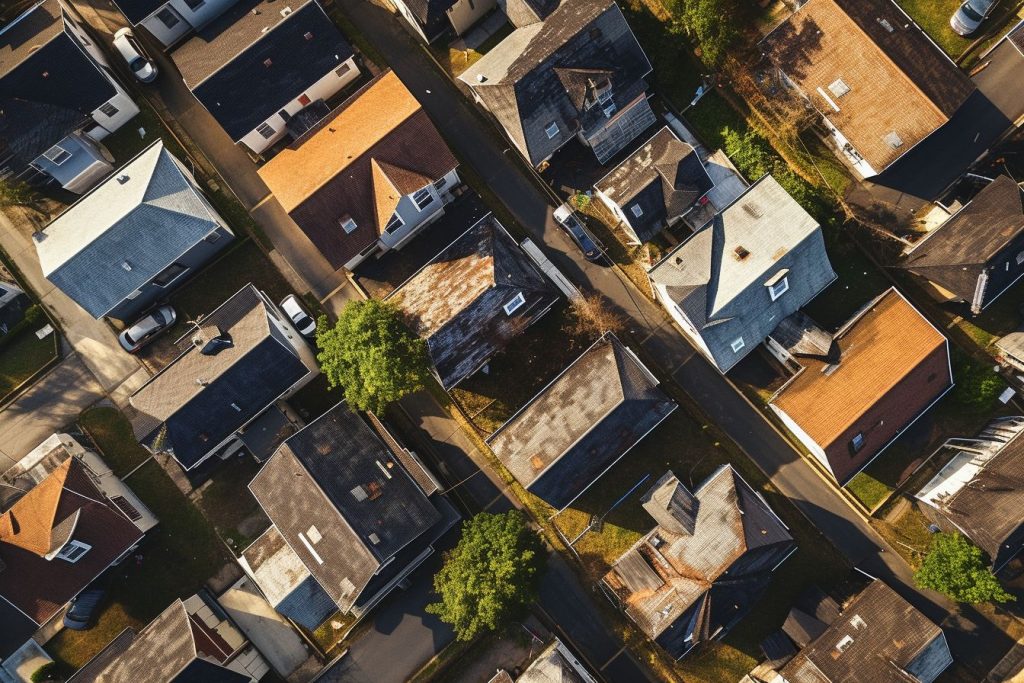Your roof is your home’s first line of defence, but how do you know when to replace it? Did you know that typical asphalt shingle systems can last up to 25 years? This blog will guide you through the signs indicating a need for roof replacement and provide comprehensive insights into the process.
Stick around if “protecting your investment with a sturdy rooftop” sounds like a plan.
Key Takeaways
- Signs that indicate the need for a roof replacement include water damage in the attic, a sagging roof, moss or mould, curling or buckling shingles, and missing shingles or granules.
- The roof should be replaced once it exceeds its lifespan of 20 to 25 years or shows signs of wear and tear, such as curling, mould, and missing shingles.
- A sagging roof indicates immediate replacement is needed to prevent further damage to the home’s structural integrity.
- Moss, mould, and fungi on the roof indicate that a replacement is necessary due to potential moisture damage.
Signs that Indicate the Need for a Roof Replacement
Water damage in the attic or upstairs, a sagging roof, the presence of moss, mould, or fungi, curling or buckling shingles, and missing shingles or granules are all signs that indicate the need for a roof replacement.
Water damage in the attic or upstairs
Water seeping into the attic can be a telltale sign that your roof needs replacement. This moisture intrusion often leads to damp insulation, discolouration, and bulging walls or ceilings.
The musty smell and appearance of mould or mildew are further evidence of water damage in these areas. If daylight is visible from inside the attic, it’s a clear signal that water infiltration has compromised the structural integrity of your roof.
Furthermore, untreated water damage paves the way for more serious issues like damage to the roof deck, insulation, and drywall, as they lose their ability to repel water efficiently.
The roof has exceeded its lifespan.
Like any other part of your house, the roof also has a lifespan. The typical asphalt shingle roof lasts 20 to 25 years, and commercial roofs have a similar duration depending on construction and materials.
However, many factors can contribute to the premature ageing of your roof, including poor ventilation, harsh weather conditions, and lack of regular maintenance.
Beyond its average lifespan, the roof starts showing signs of wear and tear, such as curling or missing shingles and the presence of moss or mould. This is an indication that the roof degradation process is underway.
It’s important not to ignore these failure signs as they often lead to more serious problems like water damage in your attic or upstairs areas. Properly understanding these replacement indications can save you from substantial repair costs by opting for timely action – replacing your old deteriorating roof.
Sagging roof
A sagging roof signals the urgent need for a replacement. Structural damage, deteriorated construction, or previous harm typically cause this issue. Over time, this downward droop can trap moisture and accelerate further deterioration, like rotting wood.
This is particularly common in homes with roofs that haven’t been replaced in years. A roofing contractor should be contacted promptly to prevent additional damage to the home and its structural integrity.
Regular roof inspections can assist in identifying and correcting minor issues before they escalate into a full-fledged sagging roof situation requiring more costly repairs or replacements.
If you notice the signs of a sagging roof on your property, don’t delay – it’s time to call professionals for proper assessment and swift action!
Presence of moss, mould, or fungi
Moss, mould, or fungi on a roof can indicate that it’s time for a replacement. These growths thrive in moist environments, often trapping moisture against the roof surface and causing damage.
In freezing climates, moss can even harm the granules on the roof. Additionally, mould, moss, and mildew have the potential to cause rot in roofing materials. It’s important to note that these organisms can spread through spores in the air and find their way onto rooftops under certain conditions.
Therefore, if you notice any signs of growth like mould or moss on your roof, it’s highly likely that repair or replacement is necessary to maintain its integrity and prevent further damage.
Curling or buckling shingles
Curling or buckling shingles on your roof indicate it’s time for a replacement. These issues typically arise from poor ventilation or trapped moisture underneath the shingles.
Curled shingles can lead to further damage and potential leaks if left unattended. It’s essential to address these problems promptly to avoid extensive repairs in the future. Sunlight exposure is a common cause of curling and buckling, so it’s crucial to assess and replace damaged shingles as part of regular roof maintenance.
Missing shingles or granules
Missing shingles or granules on your roof are signs that it’s time for a replacement. When shingles go missing, it weakens the roof’s overall integrity and leaves it vulnerable to further damage.
The adhesive at the bottom of the shingle can fail over time, causing it to detach from the roof. Also, bald spots with missing granules can indicate that a roof replacement is necessary.
While temporary fixes may be available for missing shingles, such as replacing individual ones, widespread missing shingles often signal that a complete roof replacement is needed to ensure your home stays protected.
Roofing wear and tear is common due to weather exposure and ageing. Missing shingles can leave sections of your roof exposed to water damage and leaks, leading to more extensive problems if not addressed promptly.
Understanding the Roof Replacement Process: A Complete Handbook
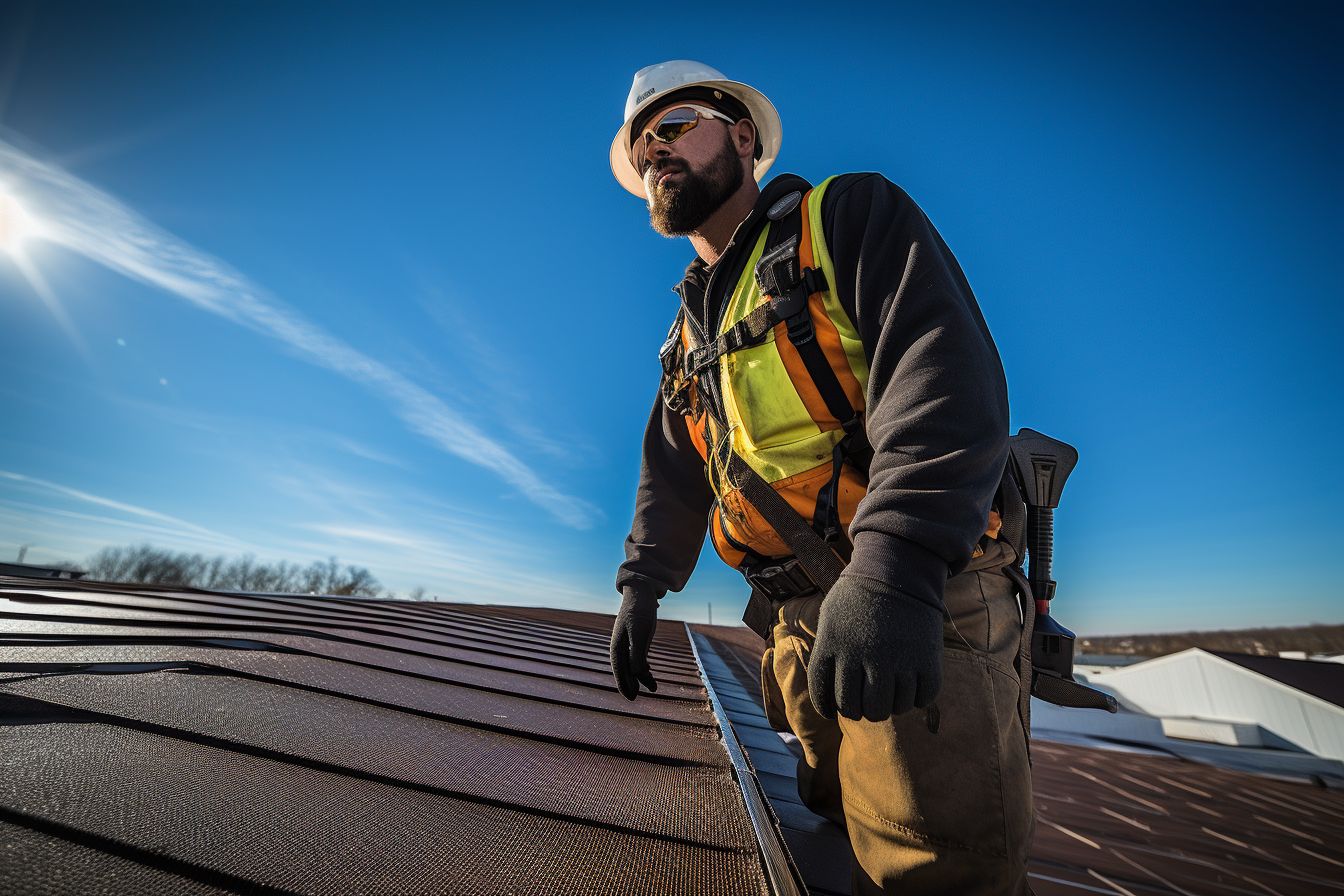 Replacing your roof is a significant undertaking that requires careful planning and execution. Here is a complete handbook to help you understand the roof replacement process:
Replacing your roof is a significant undertaking that requires careful planning and execution. Here is a complete handbook to help you understand the roof replacement process:
- Obtaining permits: Before starting the project, you must check if you need permits from local authorities. This ensures that the work meets safety and building code requirements.
- Removing old roofing materials: The first step involves removing the existing shingles, underlayment, and any other materials on the roof. This may include disposing of them properly.
- Inspecting the roof deck: Once everything is removed, the roof deck needs to be thoroughly inspected for any signs of damage or rot. Any necessary repairs should be made at this stage.
- Installing underlayment: The underlayment serves as a moisture barrier and helps to protect the roof from water damage. It is typically installed over the roof deck before adding new shingles.
- Choosing roofing materials: Various options are available, including asphalt shingles, metal, wood shakes, and tile. Consider factors such as durability, cost, and aesthetics when choosing.
- Installing new shingles: Once the underlayment is in place, it’s time to install the new or chosen roofing material. This should be done following manufacturer guidelines and industry best practices.
- Flashing installation: Flashing is crucial for preventing water from seeping into vulnerable areas of the roof, such as valleys, chimneys, or skylights. Proper installation of flashing ensures a watertight seal.
- Ventilation system: A well-designed ventilation system helps regulate temperature and moisture levels in your attic space while prolonging the lifespan of your roof. Ensure proper ventilation during installation.
- Final touches: After all components are installed correctly, a final inspection is done to ensure that everything meets quality standards. The surrounding areas are cleaned up, leaving you with a brand-new roof.
Importance of Regular Roof Inspections
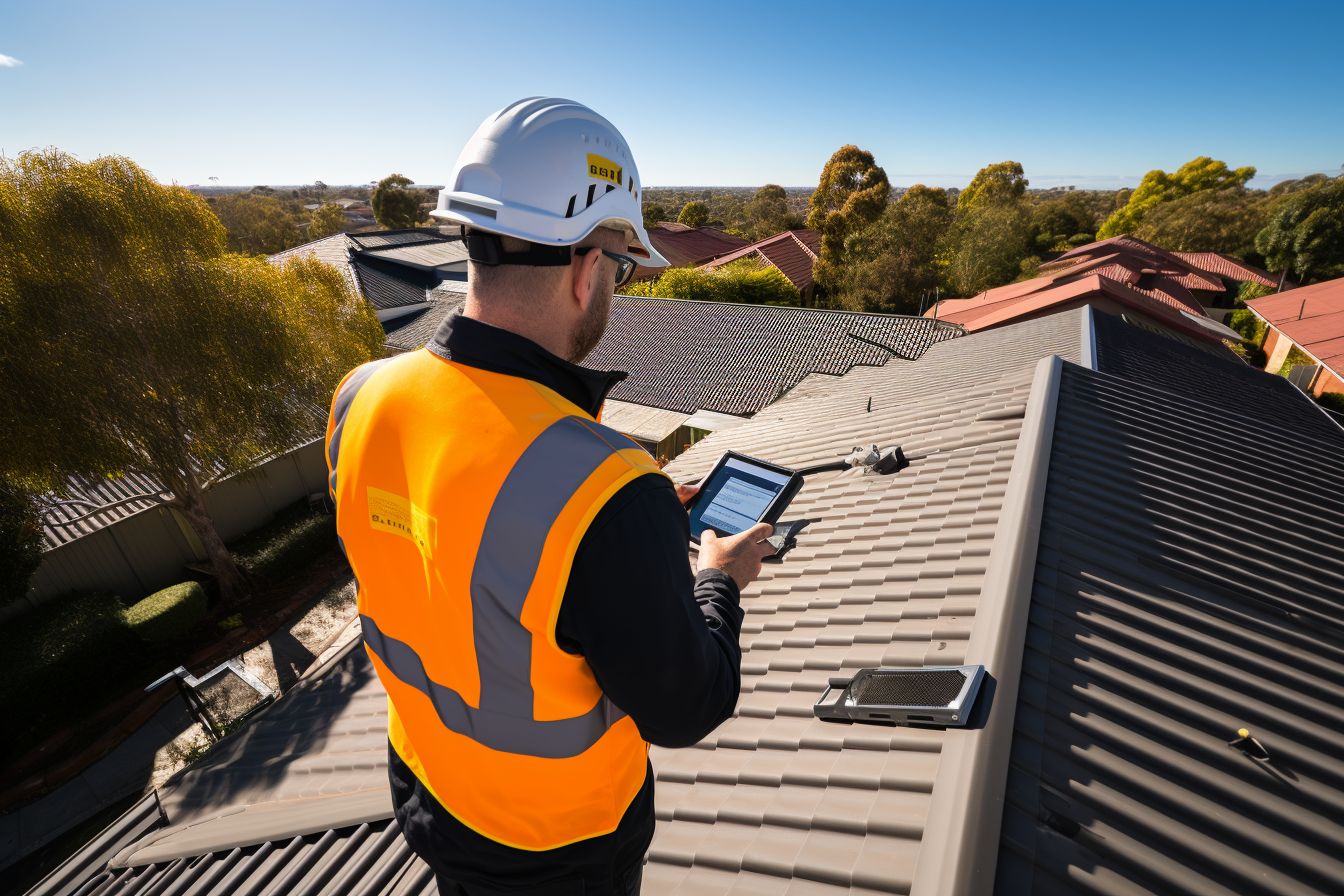
Regular roof inspections are essential for homeowners to maintain the safety and integrity of their property. By scheduling routine examinations, homeowners can have peace of mind knowing that potential issues or hazards will be identified early on.
These inspections contribute to the overall safety of the property by detecting any damage or risks that may pose a threat in the future. Moreover, regular roof inspections can save homeowners money in the long run by identifying problems before they become costly repairs.
Catching issues early allows for timely and necessary maintenance, preventing them from escalating into larger and more expensive problems. Whether after a roof replacement or as part of ongoing maintenance, consistent roof inspections are crucial for ensuring the longevity and durability of your home’s roofing system.
Factors to Consider Before Replacing Your Roof
Before replacing your roof, it is important to consider factors such as budget and financing options, any plans of selling your house shortly and seeking multiple opinions from roofing professionals.
Budget and financing options
Determining your budget for a roof replacement is an essential factor to consider. You need to plan and estimate the cost involved, considering factors such as material options, roofing design, and construction logistics.
Balancing affordability with long-term investment is essential to make the best financial decision. Remember that roof repairs can be a more feasible choice if you have limited or fixed budgets.
However, the benefits of a complete roof replacement are worth considering, including improved durability and protection, increased energy efficiency, and enhanced curb appeal and property value.
Selling your house shortly
If you plan on selling your house soon, it’s essential to consider the condition of your roof. A well-maintained and visually appealing roof can significantly enhance your home’s curb appeal, attracting potential buyers and potentially increasing its value.
On the other hand, a damaged or worn-out roof can turn buyers away and make it harder to sell your house. By replacing your roof before listing your home, you not only address potential issues but also provide peace of mind to potential buyers, knowing they won’t have to worry about costly repairs shortly.
So, if you’re thinking about selling, investing in a new roof could be a smart move that pays off in the long run.
Seeking multiple opinions from roofing professionals
Consulting with multiple roofing professionals is crucial when considering a roof replacement. By seeking their expert advice and recommendations, you can gain valuable insights into the timing of the project.
These roofing experts have the knowledge and experience to evaluate your roof’s condition and provide multiple viewpoints on whether it needs immediate replacement or repairs.
Their professional opinions can help you decide on the best course of action for your budget, future plans, and desired outcomes.
Benefits of Replacing Your Roof
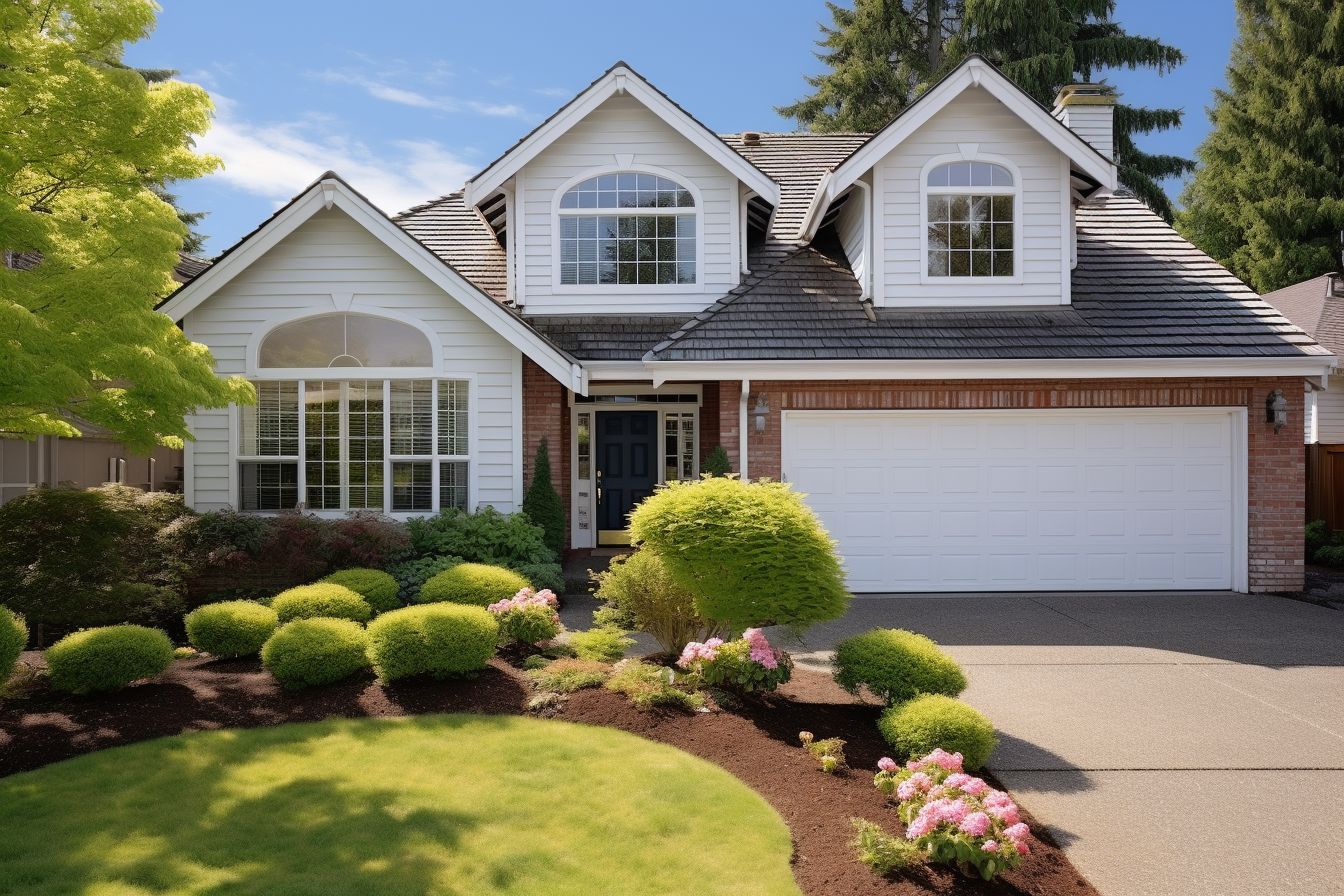
Replacing your roof offers improved durability and protection, increased energy efficiency, and enhanced curb appeal and property value.
Improved durability and protection
Replacing your roof has several benefits, including improved durability and protection for your home. A new roof can enhance structural integrity, ensuring it can withstand harsh weather conditions and protect your home from water damage.
With better weather resistance, you can have peace of mind knowing that your roof will keep you safe and dry during storms or heavy rainfall. Additionally, a new roof can increase your home’s longevity by reducing the need for frequent repairs and maintenance.
By investing in a new roof, you are safeguarding your property and saving on potential costs in the long run.
Furthermore, replacing your roof can contribute to increased energy efficiency. Upgrading insulation and ventilation during the replacement process helps regulate the temperature inside your home more effectively.
This means reduced heat loss during winter and lowered cooling needs during summer, leading to energy savings on heating and cooling bills year-round. Moreover, installing a new roof improves the curb appeal of your property significantly while increasing its overall value in case you decide to sell it in the future.
Increased energy efficiency
Replacing your roof can have a significant impact on the energy efficiency of your home. With advancements in roofing technology, newer roofs are designed to be more energy-efficient and environmentally friendly.
By installing an energy-efficient roof, you can reduce your energy consumption and lower your heating and cooling costs. A new roof offers improved insulation and thermal efficiency, keeping your home cooler in the summer and warmer in the winter.
This will save you money on utility bills and contribute to a more sustainable future by conserving energy resources. An energy-efficient roof adds value to your property while enhancing its curb appeal.
Enhanced curb appeal and property value
Replacing your roof not only improves the durability and protection of your home but also significantly impacts its curb appeal and property value. Studies have shown that a new roof can increase the resale value of a house by more than $17,000.
Additionally, a well-maintained and visually appealing roof enhances the overall appearance of your home, making it more attractive to potential buyers. Good curb appeal can make a lasting impression and give your property an edge.
Investing in a new roof is not just about functionality; it’s also about increasing the value of your investment and attracting potential buyers with an aesthetically pleasing exterior.
A new roof has proven to be an effective selling point for homeowners as it adds to the market value of their properties. The amount of value added depends on the roofing material chosen – some materials offer higher returns on investment than others.
Conclusion
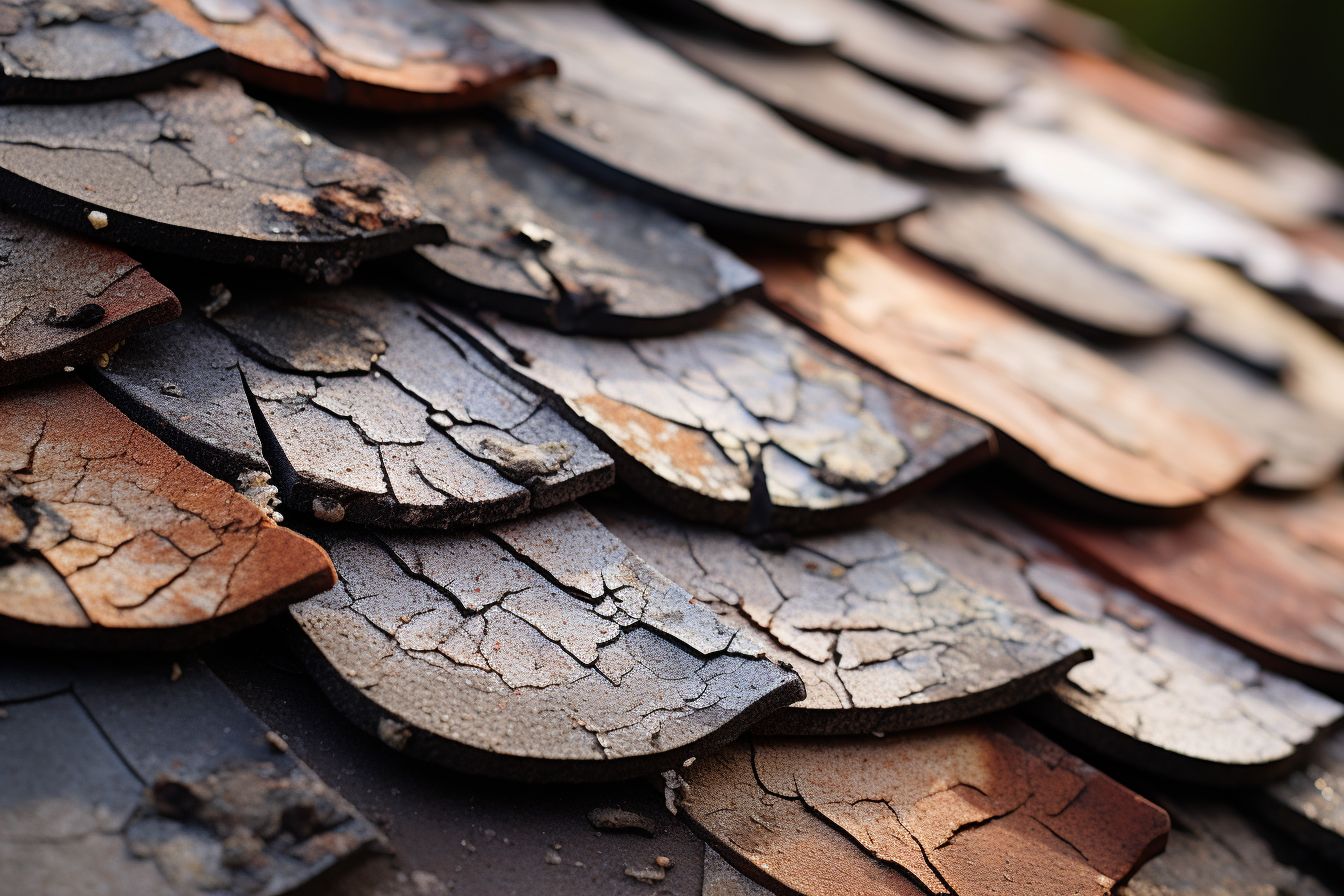
Knowing when it’s time for a roof replacement is crucial to protecting your home and avoiding costly repairs. Look for signs like water damage, sagging roofs, or curling shingles.
Regular inspections and seeking professional opinions can help you make an informed decision. Replacing your roof improves durability and energy efficiency and enhances curb appeal and property value.
Don’t wait until it’s too late – act now to ensure the safety of your home with a timely roof replacement.
FAQs
1. How often should I replace my roof?
Roofs typically last for about 20 to 30 years, so replacing your roof within this time frame is recommended.
2. What signs indicate it’s time for a roof replacement?
Signs that indicate it’s time for a roof replacement include cracked or missing shingles, water leaks or stains on the ceiling, excessive granule loss in gutters, and visible sagging or rotting.
3. Can I repair my roof instead of replacing it?
In some cases, minor repairs can fix specific issues with your roof. However, if multiple areas are damaged or if the overall condition of the roof is poor, replacement may be necessary.
4. How much does a roof replacement cost?
The roof replacement cost depends on various factors, such as the size of your home and the type of roofing material chosen. It’s best to get quotes from different contractors for an accurate estimate.
5. Should I hire a professional contractor for a roof replacement?
Hiring a professional contractor is recommended for a complex task like a roof replacement, as they have the required expertise and equipment to ensure proper installation and long-lasting results.

